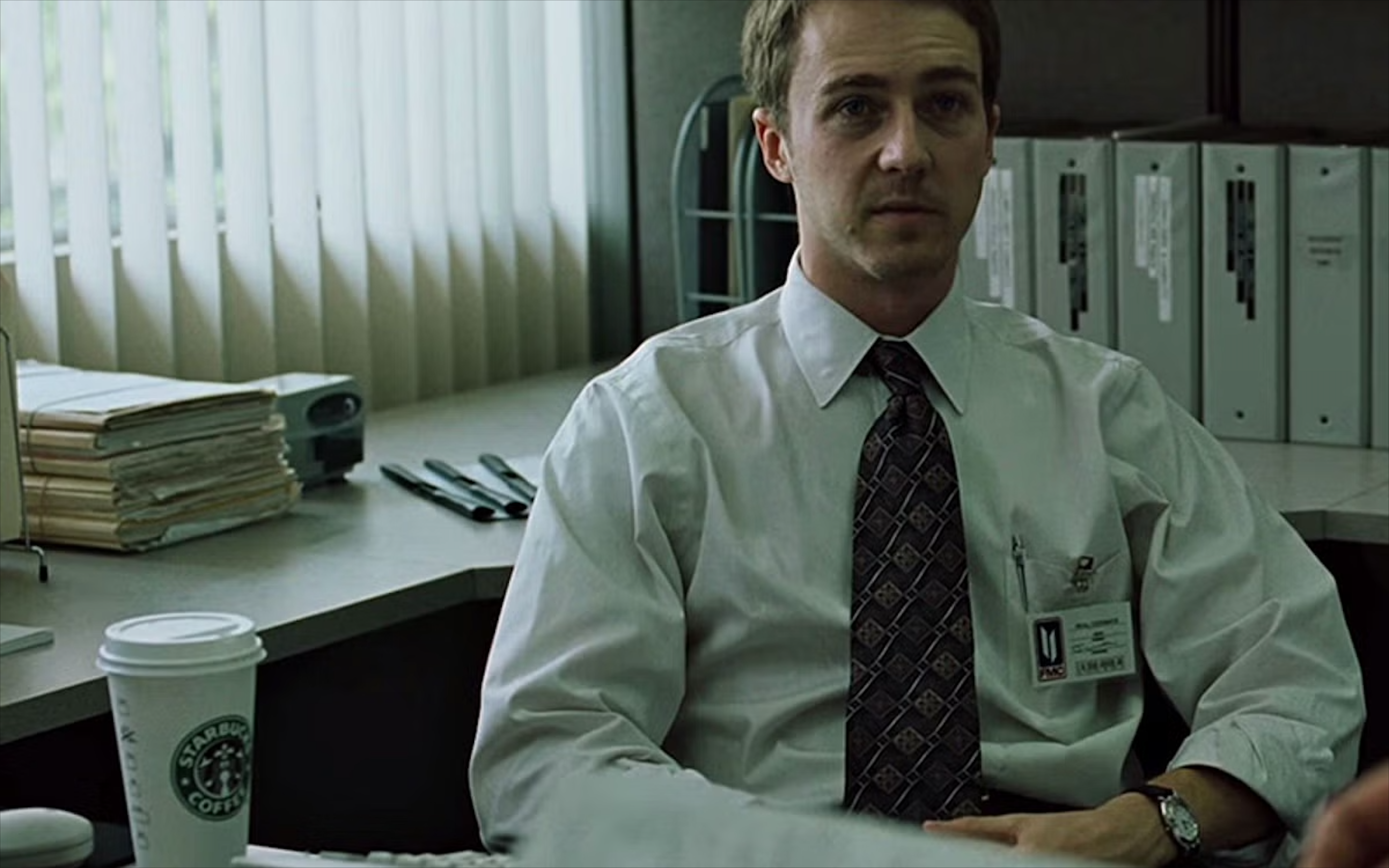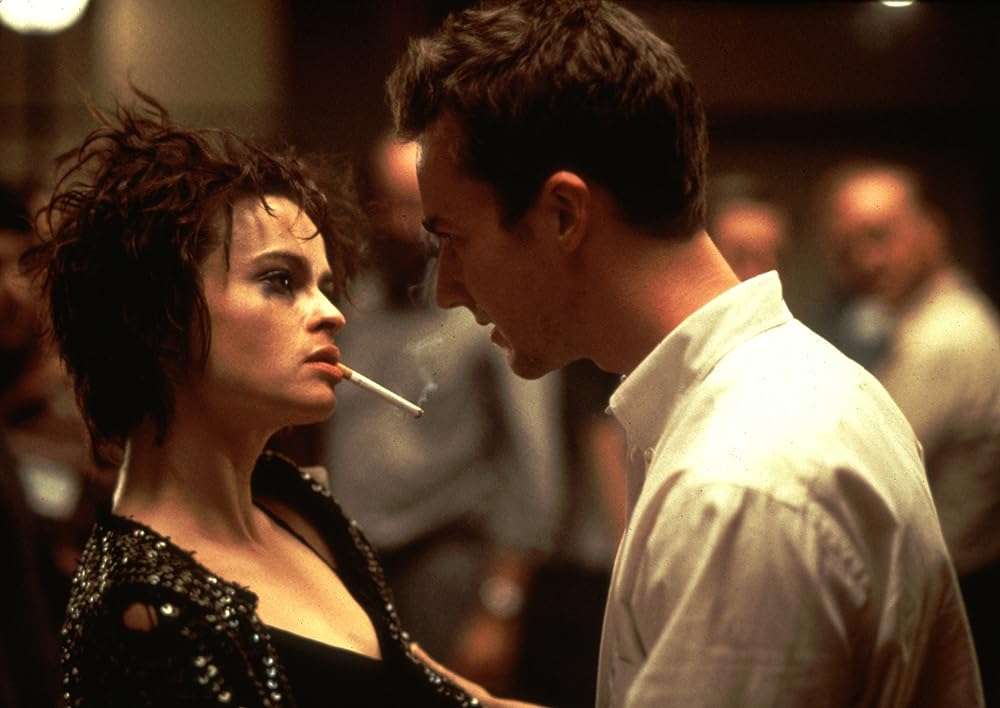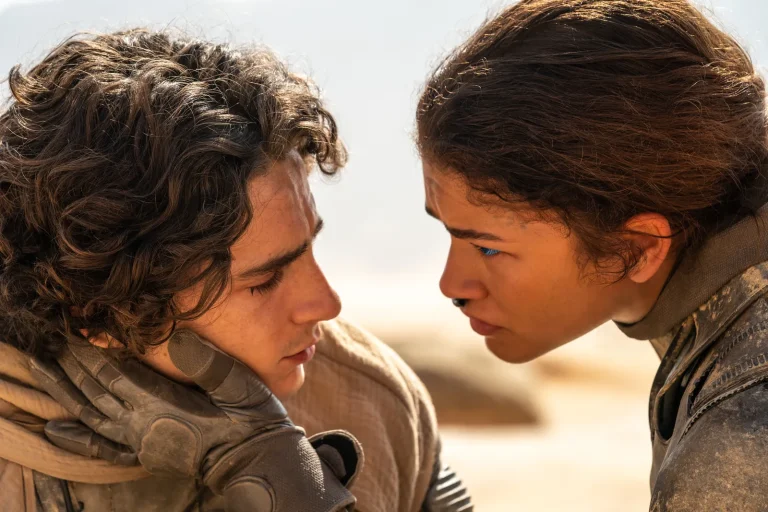10 Facts You Probably Didn’t Know About “Fight Club” (1999): There are movies that are masterpieces, and then there are movies that are cult classics. Cult classic films are unique in the cinematic landscape, cherished by a dedicated fan base that often transcends generations. These movies possess an enigmatic quality that draws viewers in, sparking a fervent devotion beyond mere entertainment. Often characterized by their unconventional narratives, distinct visual styles, and memorable dialogue, cult classics defy mainstream norms and resonate with audiences on a deeply personal level.
One such cult classic is David Fincher-directed 1999 film Fight Club, which has garnered a devoted fan base since its release due to its provocative themes, memorable quotes, and philosophical undertones. The film’s exploration of the human psyche and its commentary on the pitfalls of modern society continues to spark discussions and debates among audiences, making it a timeless piece of cinematic art that remains relevant today.
Adapted from Chuck Palahniuk’s novel of the same name, the film is a mesmerizing exploration of the disenchanted modern man’s search for meaning and rebellion against societal norms. Fincher’s direction, coupled with Edward Norton and Brad Pitt’s riveting performances, brings the characters’ inner conflicts to life and blurs the lines between reality and delusion. The twist ending has inspired many films and shows.
The behind-the-scenes facts about Fight Club (1999) are as interesting as the film itself, so let’s look at some of the lesser-known facts about the film (SPOILER WARNING!) —
1. Norton and Pitt’s hatred for a particular car led to the infamous car-hitting scene:
When the cars getting hit by baseball bat scene was being discussed during rehearsals, both Pitt and Norton were amazed to find out that they both share a common passionate hatred for Volkswagen Beetle and hence insisted that one of the cars they hit with the bat to be a Beetle. Edward Norton explained in the DVD commentary that he hates the car because the Beetle was one of the primary symbols of 60s youth culture and freedom. However, the youth of the 60s had become the corporate bosses of the 90s and had repackaged the symbol of their youth, selling it to the youth of another generation as if it didn’t mean anything. Norton and Pitt felt that this kind of corporate selling out was precisely what the film was railing against.
2. A Previous Fincher collaborator inspired some character names in the film:
Andrew Kevin Walker, who previously collaborated with Fincher on Se7en (1995), which also starred Brad Pitt, inspired the three detective’s names in the film, aptly called Detective Andrew, Detective Kevin, and Detective Walker. Andrew Kevin Walker also did some uncredited rewrites on the screenplay of Fight Club.
3. Starbucks played a crucial role in the film:
As one of many easter eggs hidden throughout the film, one of them does include the world-famous coffee chain Starbucks. According to Fincher, “We had a lot of fun using that — there are Starbucks cups everywhere, in every shot. I don’t have anything personal against Starbucks. I think they’re trying to do a good thing. They’re just too successful.”
So, in almost every shot of Fight Club, there’s a Starbucks coffee cup which is the director’s subtle dig at consumerism. The cups from a well-renowned brand represented how big brands influence our daily lives. However, Starbucks refused to allow the crew to use their name during the coffee shop destruction scene, so the coffee shop that gets destroyed is named ‘Gratifico Coffee.’
4. An actual fight helped the creation of the source material:
Chuck Palahniuk, the novelist, went on a camping trip and was beaten up in a brawl when he complained to other campers that they were playing their radio too loud. When he returned to work after the incident, he was fascinated that nobody would mention or acknowledge his injuries, instead saying everyday things like “How was your weekend?” He figured that his work colleagues did not care enough to get into a personal interaction, and this societal blocking inspired him to write the novel.
5. Brad Pitt appears in the film as Tyler long before his character is introduced:
The first time Tyler Durden is properly seen in the movie is on the airport walkway, but before that introduction, he had brief flashy appearances as an easter egg several times: near the photocopier at The Narrator’s (Edward Norton) job, in the hallway outside the doctor’s office, at the testicular cancer support group meeting, and behind The Narrator when he sees Marla leaving the support group meeting. This further foreshadows the eventual twist the movie became famous for.
6. Meat Loaf had to wear a fat suit filled with bird seeds for his character:
For his role as Bob, Meat Loaf had to wear a 100 pounds weight-fat suit filled with bird seeds to achieve the look of sagging flesh. Two different fat suits were created as Fincher and makeup artist Rob Bottin was not sure if the studio would approve the one suit with prominent nipples. Despite this, Meat Loaf fought Norton’s character with a shirt on, which violates Fight Club’s Sixth Rule, “No shirts, no shoes.” Meat Loaf took all these very sportingly, even giving Norton a framed photo of Norton’s face pressed against his fat suit chest with a note saying, “With Hugs, Love Meat.”
7. Sound from the movie “Titanic” was used in a scene:
In the scene where Norton’s character imagines himself in an ice cave, his foggy breath sounds are not his own. The sound and visual effects artists used Leonardo DiCaprio’s breath effects from the James Cameron film “Titanic” and remixed it to work for the sequence.
8. One of the infamous lines was changed from an even more controversial one:
After Marla has sex with Tyler, in the original script, it was written as “Tyler, I want your abortion.” and the line is the same in the source novel. This line angered 20th Century Fox executive Laura Ziskin, who furiously told Fincher to change it to a different line. Fincher agreed on the condition that he could only change it once and replaced it with a more explicit “I haven’t been fucked like that since grade school.” Ziskin instantly regretted her decision to change the line and begged Fincher to retain the original line, but as per the deal, Fincher refused.
9. Brad Pitt was paid seven times more than his co-stars:
Brad Pitt, who had become a hotshot actor by then, was given a larger paycheck than his co-actors. While Norton was paid $2.5 million for his role, Brad Pitt was given a whopping $17.5 million for his part of Tyler Durden.
10. Helena Bonham Carter revealed that she did not get the film but understood her character:
Before Fight Club happened, Carter was often cast in period dramas and rom-coms. Fincher cast her in Fight Club, a role that was against type for her. Carter based it on Judy Garland’s final years, and Fincher often called her “Judy” on the set to get her into the correct mindset. Years after the film’s release, Bonham Carter revealed that she worried that the male empowerment aspect of the film was a shallow message and might result in copycat fight clubs cropping up, and she didn’t really “get” the movie.









![David Attenborough: A Life on Our Planet [2020] Netflix Review – A Clarion Call to Save the World](https://79468c92.delivery.rocketcdn.me/wp-content/uploads/2020/10/David-Attenborough-A-Life-on-Our-Planet-Netflix-1-highonfilms-768x384.jpg)